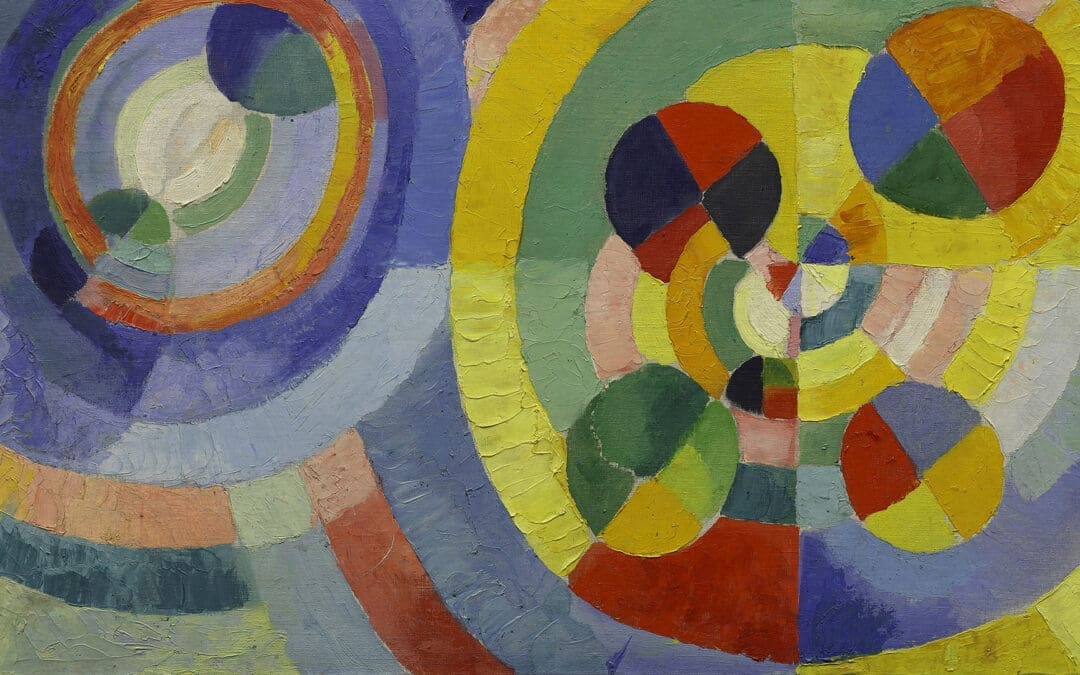Maybe this is how God bleeds himself into the world: with the coming of night and darkness. Incarnate long before the sun rises. Sometimes I feel like I’m still waiting for the sun to rise: like it hasn’t really risen these past three years. Wondering, if God’s hand is there in the dark why doesn’t he reach out and touch us?
—Samuel Martin, “The Killing Tree,” This Ramshackle Tabernacle
The stories in Samuel Martin’s This Ramshackle Tabernacle (Breakwater Books, 2010) hinge on violence: a hammer flung into the woods, a baseball bat cracked against a skull, bullets ripping through metal teapots and unsuspecting skin. The violence is a rip in the surface of a world that lives with a grim acceptance: if you want God to touch you, you had better get used to blood.
The characters in Martin’s stories are used to seeing their own blood. They are used to isolation, to old habits and drug addictions and stories about the neighbour’s boy, who went to prison for knifing his father. Like the Christ-haunted American South, the woods of northeastern Ontario (where Martin’s stories are set) see violence as an exchange between God and the people waiting for God to touch them: fathers and sons, boyhood friends, old women preaching hellfire on the roadside. They believe that God is someone to wrangle with, someone they can “put in a full nelson” in order to extract a blessing: this comes out of anger, disbelief, and a stubbornness of character that Martin, with attention and craft, makes a palpable reality. In This Ramshackle Tabernacle, God’s hand does reach down to touch, to bless. The blood does come. And the blood God spills, red as the Ontario sunset, is his own.
The villages where Martin’s stories take place are all fictional, but you know that they represent a very real Ontario. This is a land of woods and lakes and sub-zero winters, and the characters live into their landscape seamlessly, donning toques and marching out with axes to build the evening fire. But there are no stereotypes here; this is a backwoods saga of “each failed father, each disillusioned daughter, each son shot down,” and the stories themselves peel back each character to reveal the raw, spiritual ache shared by every character: Dan Roblin, the quiet, born-again woodsman; Jaz, the camp girl who cuts her arms and makes rosaries out of hemp; Bill the writer, who is both narrator and character in stories that he cannot help but tell about his friends, his neighbours, the cold, mysterious woods he calls home. What Bill, and the other characters, are trying to find is shekinah, the proof of God “camping with us.” These characters, and these woods, know both ugliness and beauty, abuse and wholeness, and Martin’s writing pays rightful attention to the darkness of these characters’ lives, without which the glory they seek would go unnamed.
The character Bill wonders how to “write about this,” the dark realities of his childhood home and how these stories connect in any sort of way. The stories, linked by the reoccurrence of characters, follow the recollection of Bill’s memories into “another memory: another story,” which gives the collection a loose chiasmus between the characters and the events that mark their lives. While the characters and events reappear throughout the collection, each story has a mirrored counterpart, another story that bounces off it. For example, Dan the woodsman, who gets the first story, “Cliff Jumping,” also has the final story in the collection, “Shekinah.” This makes perfect sense: Dan’s conversion at the collection’s beginning, and his friendship with Annie Chizim (a bold spinster who tells Dan “There’s wine in the Kingdom that you know not of”) names the spiritual arc of the whole collection. The links between the stories are not chronological because Bill’s memory spins and loops through what he remembers, what he cannot forget.
This is both a point of great craftsmanship on Martin’s part, but is also a trouble spot: it becomes difficult to keep track of how exactly the stories are supposed to interlink. Characters age and find themselves in circumstances that you have to work to trace, which gives the stories what Sharon Hunt, in Halifax’s Chronicle Herald, referred to as an “unevenness.” As a reader, I found myself constantly going back and forth between stories, trying to catch up: was Harold, the homeless druggie in “Eight Ball,” the same boy in “Up Out of the Water,” a young boy terrified of his father? How did Maria, the main character in “Becoming Maria,” bounce off the more compelling “Rosary”? Did the collection hang together the right way, or did their arrangement have something to teach me about the way I read, and what I was reading for?
What I found was that the collection, because it is a map of a young man’s memories about a particular place, is meant to be read not just for plot, but for image. In the story “The Hammer,” the protagonist Doug, a teenage boy working maintenance at a summer camp, is haunted by the sexual abuse he suffered at the hands of his father. Doug sparks a romance with a camp counselor named Krysta, who sees Doug’s aggression as a sign of internal hurt; when Doug screams and curses at a broken boat motor, her response cuts to the bone: “What happened? To you?”
Krysta’s compassion for Doug, and the desire they have for each other, is tender and right. But when a camper catches Doug masturbating in the woods, Doug is kicked out of camp and sent back home to his father, whose face, which Doug has scrawled in black marker on his camp room walls, leers at Doug as he packs his suitcase. Doug smashes the brick with a homemade hammer, but the grin remains, and the taxi comes up the drive, waiting to take Doug away.
You wonder, at the story’s end, what will happen to Doug, and what will happen to Krysta, who reappears in “Becoming Maria” with more reserve and a sharper tongue. But Doug does not return. If you read for plot alone, you are left with Doug in the backseat of a taxi, his father’s face floating in the back of his mind. But if you read for image, what you get is this: Krysta runs out to the taxi with a bundle of rags bound by duct tape. Inside the bundle is a hammer, the one that Doug flung into the woods at the story’s beginning, his body bent over a picnic table that he was fixing, the nails rusted beyond use, his father’s voice whispering in his mind. Doug grasps the hammer, “turns it over, back and forth, flexing his fingers around its shaft.”
The taxi drives away, and if you read for plot, the story is done, flat and hopeless. But if you read for image, you get a sense that the story is not over—that Doug is given a weapon, that he is not completely lost, and that something wants to empower him to fight against the world of his father’s house and hands. If the stories are uneven, it is because the images that rise from the characters’ lives have an ache in them that is both tragic and comic. That ache resonates with your own desire for redemption, and you keep reading and reading through This Ramshackle Tabernacle, its quick prose and violent ends, for a taste of the glory that the characters themselves want so badly, their hands wrestling hammers and guns, the woods quiet with snow, the sun setting all around them.
The last story, “Shekinah,” follows four men on a hunting trip. Bill, the writer, is hunting with them, and he watches these men go through their rituals: the coffee, the silence, the scuffles in the snow that result in black eyes and more silence. He watches the daylight burn crimson against the snow, wriggles his toes to fight frostbite. A gunshot goes off, and he and the others run to the sound—they find Duncan, a boy younger than Bill, on the ground, his face ripped by a bullet from his own gun. An accident. And while the other men stare in shock, Dan, the old prophet packs snow and blood into a ball. He raises it high. He presses it to the boy’s face and whispers “Shekinah.” Only Bill catches the word that rises with Duncan’s gasps for life, with all the memories webbing in his mind. And Duncan lives. In This Ramshackle Tabernacle, Martin’s characters chase glory, and whether by absence or bloody incarnation, it comes to them, and to us.

